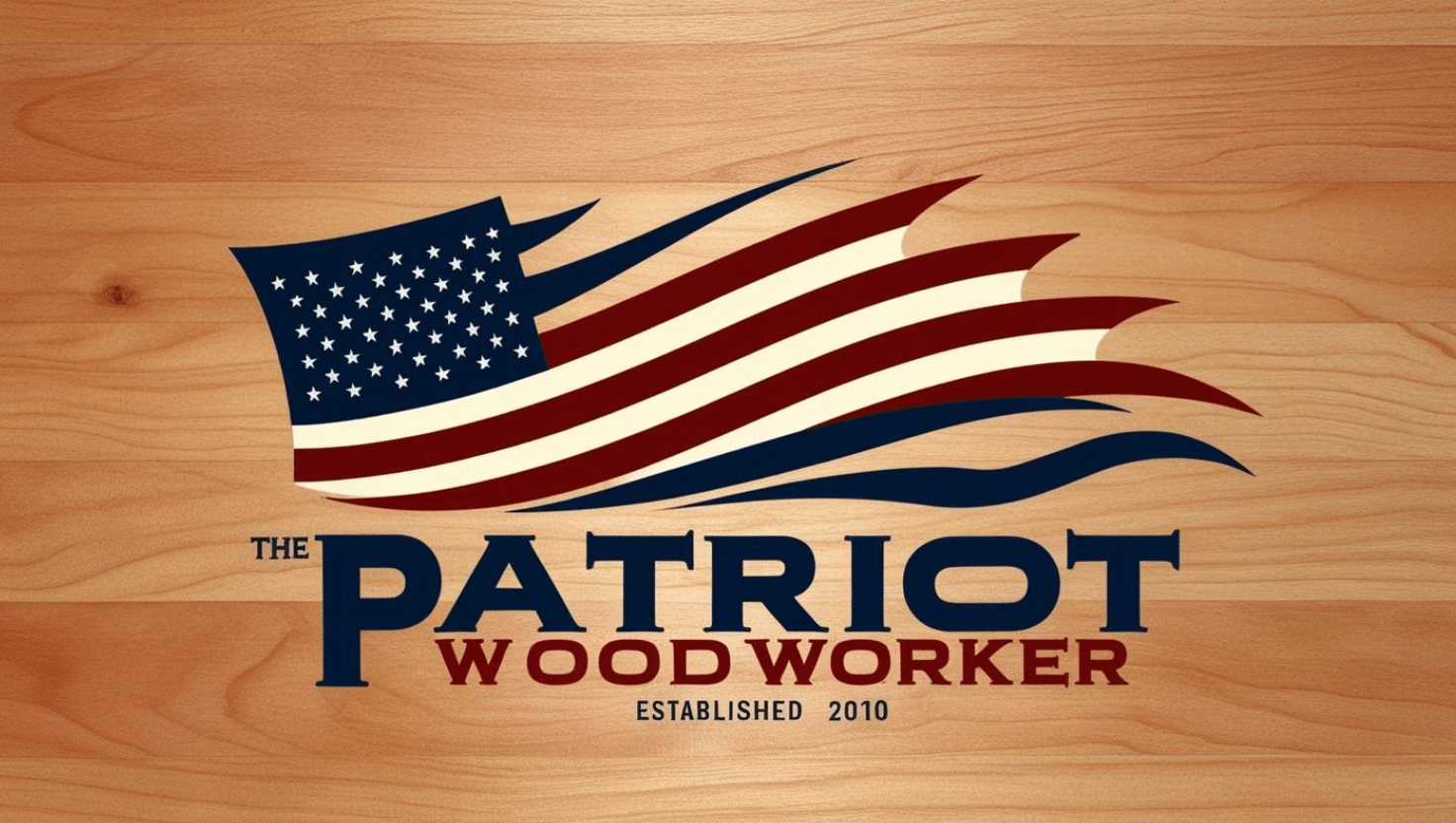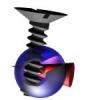Search the Community
Showing results for tags 'construction'.
-
-
- non profit
- construction
-
(and 2 more)
Tagged with:
-
https://www.omnicalculator.com/construction Construction calculators but links to many more vocations
-
- calculator
- online
-
(and 2 more)
Tagged with:
-
I wanted a nice tripod as a gun rest and for occasional camerawork. I settled on the big heavy studio type they are better for cameras as they dampen vibrations and for a gun rest it'll be great because of the same thing - - mass. I won't be hiking anywhere with this thing. The wood is Maple I harvested on the property. The steel is a plate I got in the fleabay, some extra heavy steel gas pipe and various A-36 grade crud steel from Hillman I got at the BORG. The knobs are blanks from Carr Lane that I drilled and tapped. Ii is only mostly done. The angle head and gun rest are not even designed yet. I have some fill work and paint to apply, Plus I need to create the locking clamp for the head and gun rest that will slide up and down in the steel pipe/tube. I'll use another Carr Lane knob for that. The sanding and applied coatings are yet to be done to the wood too. Also there is the feet to finish. I'm going to turn steel spikes for one end and put rubbers on the other. The inside leg parts will pull out and reverse to invoke the spikes or rubbers. So far I'm really happy with how it's turned out. The leg angle adjusters work flawlessly and are very robust. The action of the leg extensions is smooth as silk. And it is solid as the Rock of Gibraltar First I made these three little knuckles. They are part of how the leg angles are set and locked. The first pieces of 3/8" steel drilled with 1/2" and tapped for 5/16-18 one side and clearance through the other. I made them to be clamps by clamping them together for drilling, Then sanding 0.010" or so off the faces with the hole half then re clamping them on the 1/2" shafting and welding one end. This way when I engage the tapped hole on the end opposite the welds they would squeeze around one of the shafts locking the action. You'll see~ ~ ~ ~ ~ Then I welded up six of these below clamps for the sliding legs In the pic above you can see the one with the knob has a little flat piece of steel inside the box. That is to spread the pressure of the clamp screw across the wood to prevent damage. In the pictures of the tripod you only see three of these but there are six that will be on it in the final assembly. Then I turned three of these 2' maple shafts Of course this is not the final shape. I had to rip them and pop them in my planer to make them skinny. like so: The above is two halves re-glued together. I left a little lip at the end to fasten a block of wood. Here is the planer rig = pretty basic. It was necessary that they be very accurate in dimension and each be exactly the same as the other half. I would have to rip the glue up twice more so I glued them offset like so: And then mount little blocks to them to keep them stable and flat on my table saw To finally get this shape (see the piece in the center) Here are some of the tripod's leg angle locks From below looking up The leg height adjusts so smoothly
-
When you create a peice of furniture you sometimes use a back of 1/4" ply. Do you glue or nail it in place? Do you prefinish it and the rest of the peice so that you can spray the interior ? Do you fasten it in place to act as a squaring device then after the glue drys in the frame remove it for finishing later on? I am finishing up my daughters curio cabinet and think it should go this way. 1. cut to fit but do not install. 2. Fiinish the face and sides of the peices and spray if desired. 3. Finish the plywood back. 4. Install the back with Nails to allow some wood movement.
- 10 replies
-
- furniture
- construction
-
(and 1 more)
Tagged with:
-
I was looking through my Menards weekly sales add and noticed that they have fiberglass rebar on sale. This is a new product for me. Have any of you seen this material used anywhere? The following description is from Menard’s website: Ditch the steel rebar for the next generation of concrete reinforcement! LiteBar is a glass fiber reinforcing bar that is built to be stronger, lighter, and rust free. LiteBar significantly reduces install time and cuts down on transportation expenses as it is 7 times lighter than steel rebar. LiteBar has a higher tensile strength and lower tensile modulus which means concrete is less prone to cracking. LiteBar does not rust which means no more corrosion cracks. LiteBar also springs back and stays centered when stepped on or driven on. Ask for LiteBar by LiteForm! They claim 7/16” fiberglass bar can be used instead of ½” steel bar for horizontal applications. Danl
- 9 replies
-
- rebar
- construction
-
(and 2 more)
Tagged with:
-
WANNA BUILD 12' LEAN TO ON A 2 CAR GARAGE WHERE OVERHEAD DOOR IS. BRICK GABLE UP OVER DOOR. 'IGHT, HOW CAN I MOUNT/ATTACH 16' 2X8 ONTO THE BRICK GABLE & NOT CREATE A ?DISASTERATE? CANNOT GIT TO INSIDE OF GABLE, IF IT CAN BE ATTACHED, WILL HAVE TO BE ON OUTSIDE. WHY 2X8, TO NAIL METAL ''RAFTER HOLDER'' THINGS TO/ON FOR ENDS OF 2X6 RAFTERS. RUINED GOOD NIGHTS SLEEP WITH THIS! SURE HOPE I GET SOME REALLY ?SENCIABLE? IDEAS. I'M STUMPED & SLEEPY. LATER & THANKS.
-
I picked one up at the BORG when I was trying to figure out how to throw up a peaked roof on my shed build. I paid about $39 for the "Construction Master 5" It was handy. I could have done it using CAD or a trig formula book but I wanted to try it this way. But it has since migrated into the shop and I gotta say I really, really, really like the thing. I can convert back and forth from all systems of measurement CM MM Inch Decimal whatever. I think in Decimal and prefer inch standard but my tapes are all in fractions. And once in a while I'm dealing with metric and it gets crazy. This thing sorts it all out for me. I hit the convert button and then the measurement standard I want to see the dimension in and I get it. I keep finding new uses for this thing. A while ago I built a sine plate. Two hunks of ply with a piano hinge. I built if as a drill press tool. But have found that the set up is a bit tricky. For those who don't know a Sine plate is just that two plates with some type of hinge and two round bars down a specific distance away from the center of the hinge. You do the Trig and figure how what size gauge blocks to put in between the bars to get a dead on accurate angle. Set up was a bit tricky until today, when I grabbed the calculator and entered 10" hit RUN and then entered the 22.5 and hit PITCH. Then I pressed the RISE key and lo I knew exactly how far apart the ply boards needed to be at the 10" mark to give me precisely 22.5 Degrees. If you hate math but love complex design you might think about picking up this calculator.
- 5 replies
-
- decimal
- construction master 5
-
(and 5 more)
Tagged with:

.thumb.jpg.573d1497d0675219908c85aabefd797a.jpg)





